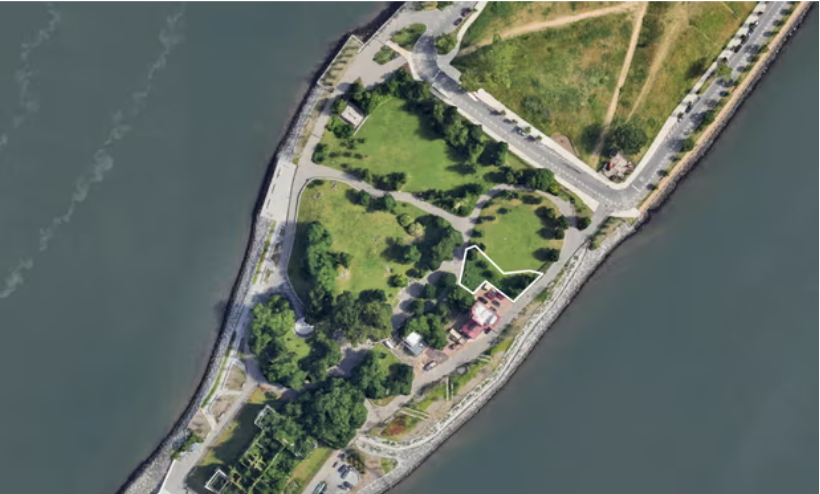City’s first pocket forest, aimed at increasing biodiversity, will spring up in April on 2,700 sq ft of Manhattan’s Roosevelt Island
A tiny forest filled with more than 1,000 native plants will spring up in New York City come April on a 2,700 sq ft plot of land on the southern tip of Manhattan’s Roosevelt Island.
It will be the city’s first pocket forest, and supporters say it will bring both the beauty of increased biodiversity and tangible benefits to residents navigating increasingly extreme weather.
Pioneered by Japanese botanist Akira Miyawaki in the 1970s, the concept of planting dense, fast-growing trees and shrubs is popular across Asia, Europe, Africa, South America and the Middle East. In the US, cities like Los Angeles; Berkeley, California; Portland, Oregon; and Cambridge, Massachusetts, have created mini forests with native plant species.
“Today our cities are concrete on concrete,” Elise Van Middelem, founder of SUGi, a non-profit that will plant species like white oak, Virginia strawberry, New York fern and eastern white pine on Roosevelt Island. “When floods come or it rains really hard, there’s no more permeable surfaces. So one of the benefits [of mini forests] is that they act as sponges.”
There is an array of benefits in planting Miyawaki-style forests, including cooling, shade, water and carbon absorption, as well as the restoration of ecosystems that can serve as a home to wildlife such as birds and insects.
“Biodiversity is completely linked with the climate crisis,” Van Middelem said. “The array of beauty that comes back where there was nothing is just remarkable.”
Planted in soil usually enriched with compost, layers of shrubs and canopy have been shown to grow at a high rate as they compete for sunlight. Once planted, these dense patches of greenery can thrive in small urban spaces without much upkeep.
“I’m thrilled about this kind of green infrastructure that actually cools the neighborhood at a time of global warming,” said Manhattan’s borough president, Mark Levine. “We can and should do more of these. I’d like to see the next one in low-income communities of color that have far fewer street trees than wealthier parts of the city.”
On high heat days, people of color and low-income residents shoulder the highest burden of heat due to poor air quality and lack of trees and shade, as well as inadequate cooling systems. Based on peak summer temperature assessments, the neighborhood of the south Bronx was 8F (4.5C) hotter than the wealthier areas of the Upper West Side and the Upper East Side.
At roughly $200 per 10 sq ft, the cost of the tiny forest in Roosevelt Island is estimated to be $54,000, according to Van Middelem. It will be planted in an unused garden space leased from the city. With more than 300 volunteers and counting, the planting is scheduled for 6 April.
